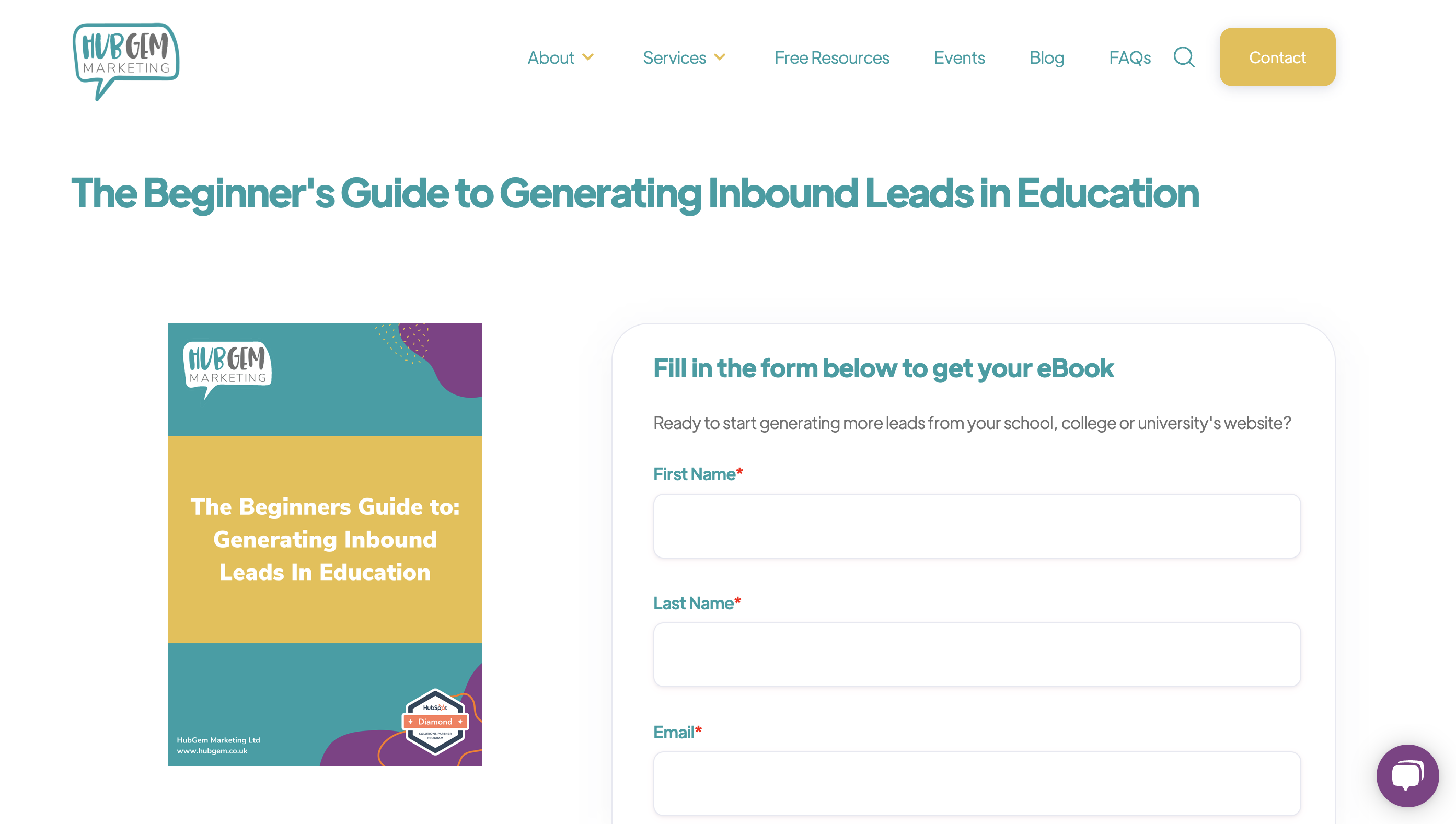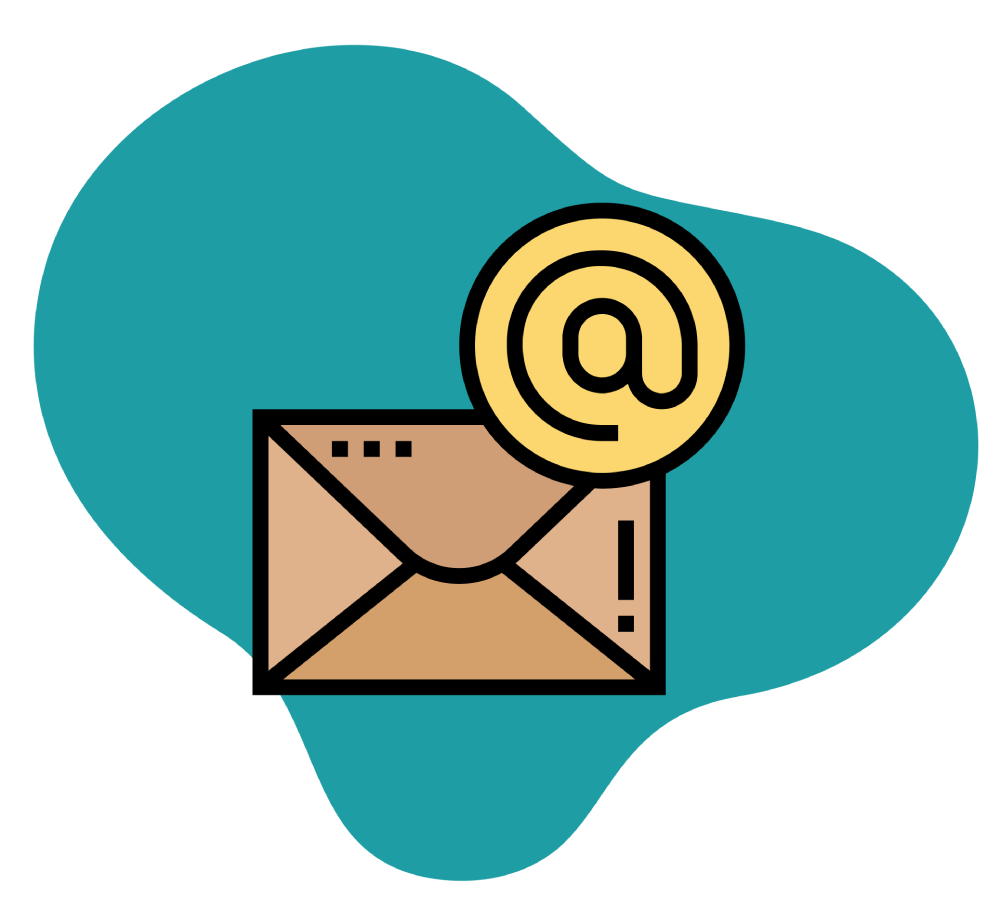Marketing Toolkit
What is a conversion path?
A conversion path is the process by which an anonymous website visitor becomes a known lead. A conversion path is comprised of a remarkable content offer, call-to-action, landing page, and thank you page.
Remarkable content could be an Ebook, a free resource like a planner or calendar, a webinar or a video guide.
In education, examples of content offers include a prospectus available to download, a revision guide, or some advice on choosing a university after A Levels.
The conversion path is the journey your visitor takes and the communications they receive all aimed at converting them from a prospect to a lead, and ultimately to a customer!
By designing and implementing the right conversion paths, you can most effectively move website visitors through the buyer’s journey and help them become customers and promoters.
You will have conversion paths throughout different stages of your customer journey.
Below is an example of a conversion path, it shows you the various elements you will need to design and communications you will write...
Social Media Post
.png?width=600&name=Conversion%20path%20graphics%20(1).png)
This is your initial engagement as part of your conversion path. It could also be an email or an advert.
Some examples:
'Our new prospectus is now available to download! <link to landing page>'
'Check out our free eBook on GCSE revision tips for success <link to landing page>'
Content Offer Landing Page

This is a page designed to do one thing only - get your prospect to download your content offer.
It is a good place to mention some of the benefits of downloading your offer and set expectations -just keep it brief. Bullet points work well!
There should be a form aimed at capturing your lead's information in return for accessing your content. Just remember to only ask for what is essential, if your visitor sees a lengthy form asking for lots of information in exchange for a download, you are likely to turn them off.
How many questions you ask will very much depend on the content. For example, on a 'sign up for our open day' page, a visitor would expect to share a bit more information with you.
This landing page needs some clear call-to-actions guiding your visitor on what to do next.
Content Download Page

This is the page your visitors have been waiting for.
Your visitors have shared their details with you and now it is time to make it as easy as possible for them to get the content they are interested in.
This is another landing page, with a very simple purpose. Just an image or text reminder of what the content is and a 'download now' call-to-action button.
This is not a place for lots of text or distractions from your download, keep it clear and tidy.
Email Follow Up

A chance to say thank you and another touch-point to use wisely.
By this point you know that your contact is engaged with your brand, you know they are finding your content helpful and are happy to hear from you.
This follow up email is a chance for you to thank your contact and provide them with a link to the download in case they need to revisit it.
It is also an opportunity to provide other useful resources and information, or to promote your blog. Sharing further value with an engaged contact at this point will encourage them to engage with your brand further.
What makes a good conversion path?
Context-Appropriate Content
Content powers effective inbound marketing strategies and it’s what you’ll use to convert website visitors into leads.
The good news is that content is everywhere! Content is what your website pages are filled with, what goes into your emails, and what’s hosted on your blog - your website pages, emails, and blog are just vehicles to deliver that content.
The right content is optimised to appeal specifically to your buyer personas. It should focus on the challenges they’re trying to overcome and the goals they're looking to hit. Most of all, it should be relevant and interesting to them.
But it’s not enough to just create persona-specific content. That content needs to be relevant to your persona based on where they are in the buyer’s journey.
The Buyer’s Journey is the active research process your personas go through leading up to making a purchase - and specific content is more relevant to your personas at different stages of that journey. This is where the “context” piece comes in: You have to make sure that content is relevant to what they’re interested in and hoping to learn more about.
Most visitors to your site are still at the very beginning stages of that journey - they might not even know what your product does or how it can help them. All they may know is that they have a problem or there’s an opportunity at hand. So, the content that will most appeal to your personas when they’re first visiting your website and converting a lead will generally be high-level and educational in nature.
Landing Pages That Speak to Your Personas
After you’ve developed a remarkable content offer that speaks to both who your personas are and where they are in the buyer’s journey, the next step is to leverage that piece of content to convert website visitors into leads. That’s where landing pages come in.
In order to most effectively convert website visitors into leads, your landing pages must present the benefits of your offer that are most relevant to the particular problem your persona is experiencing - and discuss the aspects of that problem that are most important to where your persona is in the buyer’s journey.
Great landing pages focus on both who your personas are and where they are in the buyer’s journey.
Attention-Grabbing Calls-to-Action
While having a remarkable content offer and great landing page are key to creating a successful conversion path, your website visitors needs a way to actually access that landing page in the first place. That’s where calls-to-action come in.
Calls-to-action are buttons you can embed throughout your website that advertise your content offers. When a user clicks on one of these calls-to-action, they’ll be taken to your landing page. In effect, every call-to-action you have on your website is the beginning of a conversion path.
To create calls-to-action that get those clicks and act as key steps within your conversion paths, you must ensure that the message displayed on your call-to-action aligns with the message on your landing page - and the content itself.
Great calls-to-action should be just that: action-oriented. Since their main objective is to garner clicks and direct people to landing pages, ensure that they’re click-worthy by using actionable language and colours that help them stand out from the rest of your website.
Optimised Thank You Pages
If a call-to-action is the beginning of a conversion path, a thank you page marks its end. Thank you pages are the final item you need in your inbound toolkit to lead your website visitors down a conversion path to become, well, a lead.
Thank you pages are specialised website pages from which your now-leads can download the offer promised by your call-to-action and landing page. They’re also an opportunity to move people further along in the buyer’s journey, by including things like additional calls-to-action that complement the offer you've just provided your lead.
To learn more about creating remarkable content, optimising landing pages, designing stand-out calls-to-action, and setting up great thank you pages, check out HubSpot Academy’s Inbound Certification program and pay special attention to the “convert” series of classes.
.png?width=150&height=101&name=HUBGEM%20Logo%20-%20smaller%20logo%20(1000%20x%20673).png)